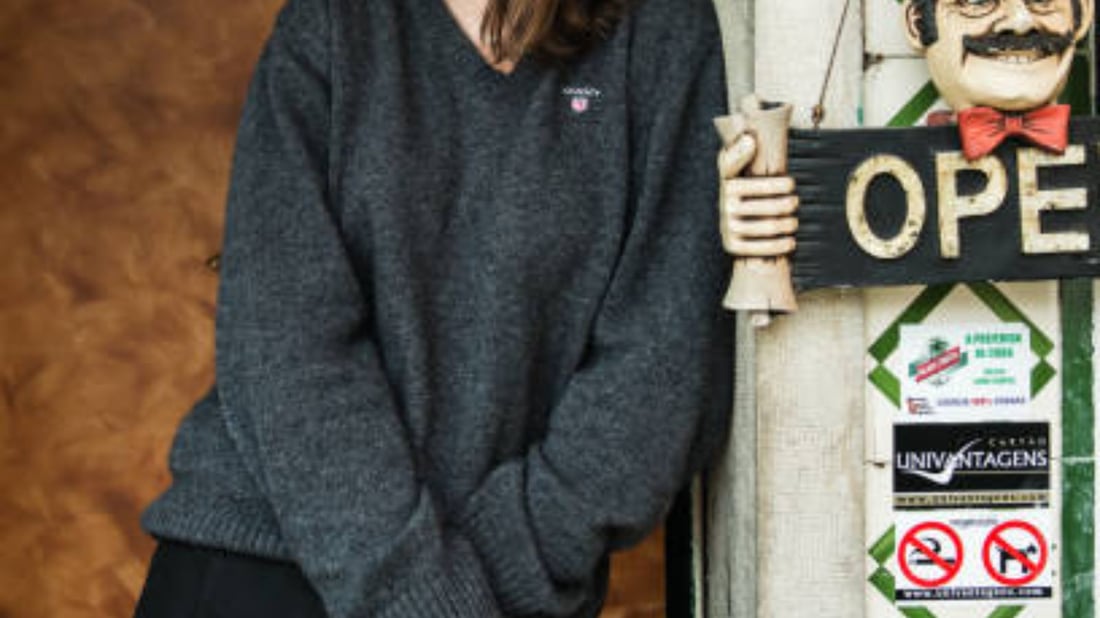The Difference Between Warp and Weft Knit
Knitting is a versatile craft with many different techniques, but most knitted fabrics fall into two main categories: warp knit and weft knit. These two types of knit differ in how they are constructed and the characteristics of the final fabric they produce.
Warp Knit: A Structured and Stable Fabric
Warp knitting involves creating loops in a vertical direction, also known as the lengthwise direction of the fabric. This type of knit is usually produced on a machine with multiple needles that move horizontally. The result is a fabric that is stable and doesn't run easily, making it ideal for items like swimwear, lingerie, and athletic wear.
Weft Knit: A Stretchy and Versatile Fabric
Weft knitting, on the other hand, involves creating loops in a horizontal direction, also known as the widthwise direction of the fabric. This type of knit is commonly produced on single or double-bed machines. Weft knit fabrics are stretchy and flexible, making them suitable for a wide range of garments like t-shirts, sweaters, and socks.
Key Differences in Construction
The main difference between warp and weft knit lies in the direction of the loops. In warp knit, loops are formed vertically, while in weft knit, loops are formed horizontally. This fundamental distinction affects the properties of the fabric, including its stretch, stability, and drape.
Applications in the Fashion Industry
Both warp and weft knit fabrics have their own unique characteristics that make them suitable for different applications in the fashion industry. Warp knit fabrics are often used for structured garments that require stability, while weft knit fabrics are preferred for items that need stretch and comfort.
Choosing the Right Type of Knit
When selecting a knit fabric for a project, it's essential to consider the desired qualities of the final garment. If stability and structure are paramount, a warp knit fabric may be the best choice. On the other hand, if stretch and comfort are key, a weft knit fabric would be more suitable.
Blending Warp and Weft Knit
In some cases, designers may choose to combine warp and weft knit fabrics to create garments with unique characteristics. By blending the two types of knit, designers can achieve a balance of stability, stretch, and drape in a single garment.
Advantages and Disadvantages
Warp knit fabrics are known for their stability and resistance to runs, but they can be less stretchy than weft knit fabrics. Weft knit fabrics, while more elastic, may be more prone to unraveling. Understanding the strengths and weaknesses of each type of knit is crucial for selecting the right fabric for a project.
Maintaining Knit Fabrics
Regardless of whether you choose a warp or weft knit fabric, proper care is essential to ensure longevity and prevent distortion. Knit fabrics should be washed in cold water and laid flat to dry to maintain their shape and stretch.
Experimenting with Knit
Knitting is a versatile craft that offers endless possibilities for creativity. Whether you choose warp or weft knit for your next project, don't be afraid to experiment with different techniques and yarns to create unique and beautiful garments.
Quote Inquiry
Contact us!

